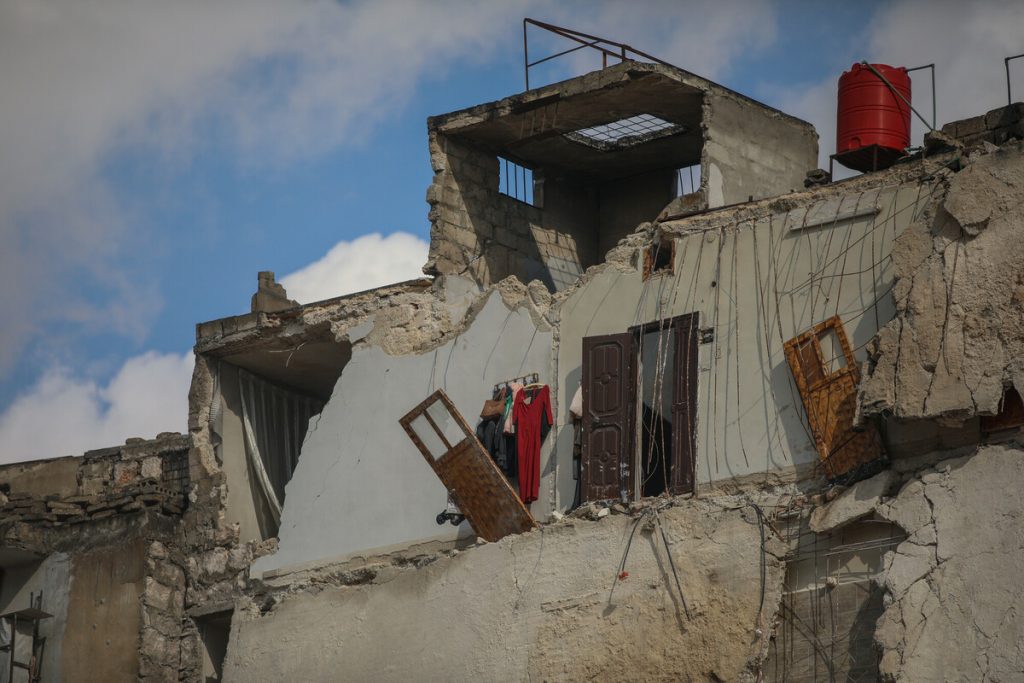Unpacking Oxfam’s COVID-19 Water and Public Health Work
When people think of Oxfam, they often think of how we supply people with clean water and sanitation kits in some really difficult places.
Like those hit by conflict or humanitarian crisis. But we also have a strong public health team that works alongside our engineers, coordinating with other health actors during emergencies too.
While we don’t treat individual patients, we do have a long history of public health promotion, supporting people to practice effective hygiene behaviour during outbreaks. We’ve worked in outbreaks of malaria, cholera, Hepatitis, Ebola, HIV/AIDS and various respiratory diseases. Our team – a mix of public health professionals, epidemiologists, social scientists, community mobilizers and anthropologists – help us to understand the science and to map that against the concerns, culture and response capacity of local communities.
Oxfam's Early Response to COVID-19
We saw early on that COVID-19 was going to cause extreme harm to the most vulnerable people such as refugees, and those who have been displaced and crowded together. COVID-19’s spread can be lessened if people follow good hygiene practices – so we knew we had a big and useful role to play.
We started immediately drawing on our work in previous outbreaks. We knew we could help most within the communities themselves, giving people clear information and opening up ways we could talk together, exploring fears and helping them to have more control of their own protection.
WATCH: How we're promoting public health amidst a global pandemic
We had to act fast. We adapted tools we had used in other epidemics and we made innovations for COVID-19. For example, we designed a hand washing device that people could operate by a foot pedal, and also a solar-powered dispenser. Local engineers started making them. Our community perception tracker became essential in many countries, helping us to monitor people’s perceptions and concerns so that we could adapt our programs to the exact things they said they needed. In Venezuela, where information on COVID-19 was extremely thin, the tracker allowed us to take the pulse of the community and use data to lobby for big changes in how agencies, including ourselves, and local authorities were responding.
We fast-tracked some projects we had been working on for a long time. We had joined up with Unilever on a project called “Mum’s Magic Hands” to promote hygiene behaviours in challenging humanitarian contexts. We rolled this out with other agencies in Nepal, the Philippines, South Sudan and Syria.
"Mum’s Magic Hands” had some unintended but very welcome results: it sparked discussions about who was shouldering the burden of housework and childcare between men and women, particularly when one might have become sick.
This led to some incredible work by our gender and public health teams to raise awareness about how mums and dads could better balance this workload.
Obstacles and Resilience
There have been lots of challenges of course and there’ll be more to come. Ordinarily, when we respond to epidemics in humanitarian responses, we’ll see ‘hotspots’ of disease – towns or places where cases are clustered – which makes it a bit easier for us to target our work. But what happens when the whole world is a hotspot? We’ve had to put in a lot more work with our partners to ensure that people affected by humanitarian crises are not left behind.
We have a very concerned eye on the economic impacts ahead. So many people we work with were already poor and struggling, and it is easy to see how donor investments into the Sustainable Development Goals for water, sanitation and hygiene could be hit. This would be really short-sighted. We need exactly this kind of investment now to ensure stronger responses to pandemics in the future. The poorest communities have all the knowledge and ability to protect themselves and their health, but they need adequately-funded, longer-term preparedness measures to do so.
COVID-19 is a new disease but some of its aspects are familiar. It is transmitted similarly to other respiratory diseases. But many questions that demanded answers early on – things like, ‘what’s the incubation period? Can you infect others if you are asymptomatic? If you have already had COVID are you then immune? Is there a treatment, is there a cure?’ - the whole world was learning at the same time. We’ve been constantly updating our guidelines and training for staff and partners but the learning curve remains hectic.
Thanks to all our supporters and donors, in the past year, working with communities and with the help of our partners, we have reached almost 10 million people in 58 countries with water, sanitation, hygiene promotion and public health support.
* This story was originally written by Michelle Farrington, with adaptations made by Oxfam Canada.

